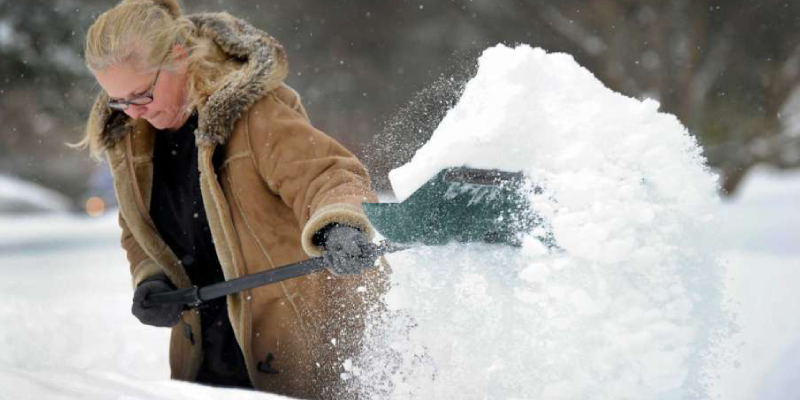
This winter is set to be one of the coldest on record, with massive cold air fronts predicted for most of the United States. Fortunately, the American Red Cross offers steps anyone can take to ensure their safety during this inclement season.
While we settle into the winter season, get acquainted with appropriate seasonal safety habits. A little bit of preparation can go a long way toward ensuring everyone has a great time in the snow. Follow these 9 safety tips from the Red Cross to avoid possible dangerous situations this winter:
- Know the symptoms of frostbite, which can include: numbness, flushed gray, white, or blue skin, or numb or waxy skin.
- Always shut down space heaters and ensure fireplace embers are fully extinguished prior to leaving a room or going to bed.
- The signs of hypothermia include shivering, dizziness, confusion, and exhaustion. If you notice these symptoms, seek immediate medical attention.
- Layers of lightweight clothing trap heat and regulate body temperature. Also, don’t overlook necessities like gloves and a hat.
- Continuously run water, even at a trickle, to prevent frozen pipes. Maintain a consistent thermostat night and day.
- Set space heaters on a firm, level surface, and keep flammable objects a minimum of three feet away.
- Stoves and ovens are not designed to heat homes; they are a fire hazard if left on.
- When using a fireplace, make sure you have a metal or glass fire screen large enough to prevent rolling logs or sparks from escaping.
- Protect your pets. If they must reside outdoors, ensure they have adequate shelter for warmth and a secure source of drinkable water.
The coldest, darkest poses quite a few safety challenges. Adhere to the tips above and stay safe, no matter what Old Man Winter throws your way.

